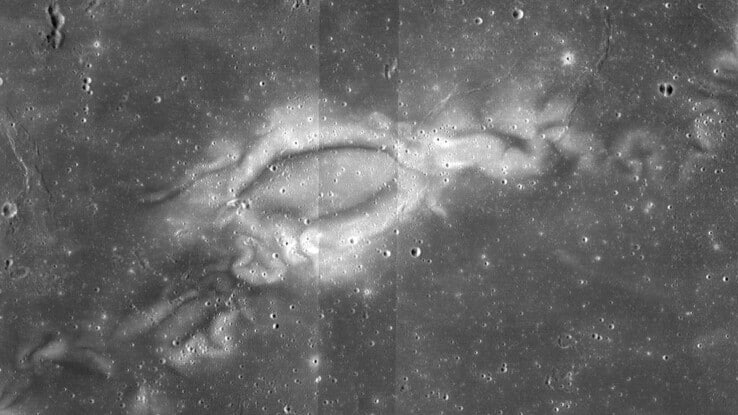New theory reveals cause of Moon's mysterious surface swirls
Stanford University and Washington University in St. Louis (WUSL) have proposed a fresh explanation for the bright patches known as lunar swirls on the Moon's surface. These light-colored regions, first spotted in the 1600s, coincide with localized magnetic fields on the Moon. The researchers suggest that these mini magnetic fields could be created by underground lava cooling slowly in a magnetic field, leading to what they term as 'magnetized' lunar swirls.
Lunar swirls: The role of underground lava
Planetary scientist Michael Krawczynski from WUSL suggests that the forces from beneath the Moon's crust could be contributing to the formation of lunar swirls. "Another theory is that you have lavas underground, cooling slowly in a magnetic field and creating the magnetic anomaly," he explains. Radar evidence indicates a period of volcanic activity billions of years ago, with molten rock flowing just below the Moon's surface. This supports Krawczynski's theory about underground lava playing a role in creating lunar swirls.
Ilmenite: The key to lunar magnetic anomalies
The research team used a model of magma cooling rates to study how ilmenite, a titanium-iron oxide mineral abundant on the Moon, could produce a magnetizing effect. Their experiments showed that under certain conditions, the slow cooling of ilmenite can stimulate grains of metallic iron and iron-nickel alloys within the Moon's crust to generate a powerful magnetic field. "This effect could explain the strong magnetic regions associated with lunar swirl," according to the researchers.
Lunar swirls: The connection to high titanium magma
Krawczynski emphasizes the importance of high titanium content in the underground magma for creating magnetic anomalies. "We have seen hints of this reaction creating iron metal in lunar meteorites and in lunar samples from Apollo. But all of those samples are surface lava flows, and our study shows cooling underground should significantly enhance these metal-forming reactions," he explains. This insight could be crucial in understanding the formation of lunar swirls and their associated magnetic fields.
NASA's Lunar Vertex mission to unravel mysteries
To further understand these localized magnetic fields, NASA plans to send a rover to the Reiner Gamma swirl in 2025 as part of their Lunar Vertex mission. "If you're going to make magnetic anomalies by the methods that we describe, then the underground magma needs to have high titanium," says Krawczynski. This mission could provide scientists with the evidence they need to solve this lunar mystery. The study was published in the Journal of Geophysical Research: Planets.
Lunar swirls: A mystery yet to be unraveled
Despite the new insights, not all lunar magnetic fields contain swirls and not all rocks within these magnetic fields are reflective. This discrepancy led scientists to theorize that micrometeorite impacts on the Moon could create charged dust particles that form local magnetic field barriers and deflect solar winds. However, Krawczynski admits, "there are some swirls where we're just not sure how an impact could create that shape and that size of thing."

